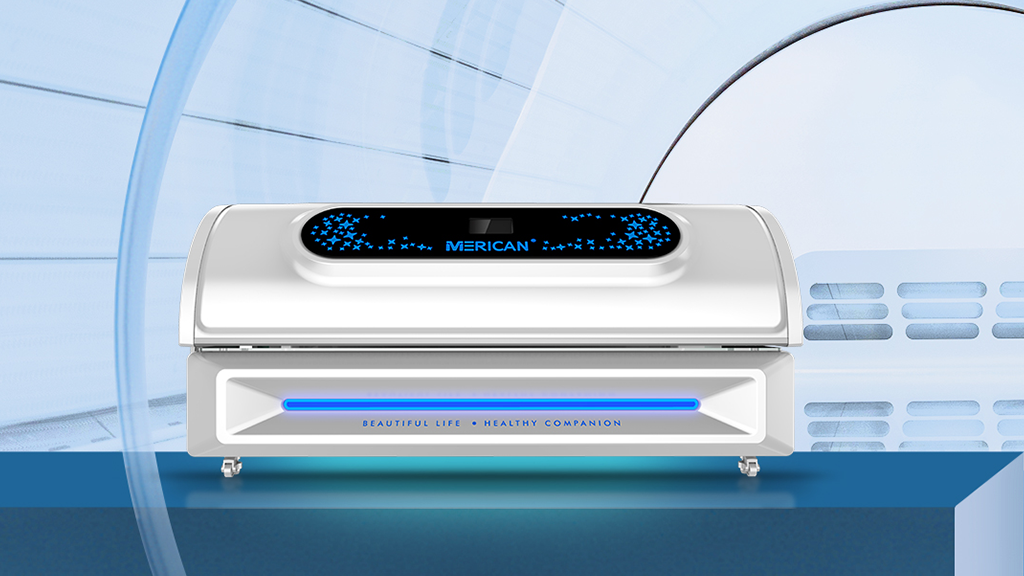A review conducted in 2014 examined 17 studies on the effects of red light therapy on skeletal muscle repair for the treatment of muscle injuries.
The review concluded that the primary benefits of LLLT include a reduction in inflammation, modulation of growth factors and myogenic regulatory factors, and enhanced angiogenesis.
The studies analysed demonstrate the positive effects of red light on the muscle repair process.
What Is Red Light Therapy?
Red light therapy (RLT), also known as photobiomodulation, has been shown to accelerate the healing of injuries in various contexts.
The mechanism behind this acceleration involves several biological processes that are stimulated by the specific wavelengths of light used in RLT, particularly red (630-660 nm) and near-infrared (850 nm) wavelengths.
The Benefits of Red Light TherapyRed light therapy is vital, and there are many benefits for us. The following are some of the ways in which red light therapy can facilitate healing.
1. Increased ATP ProductionRed light therapy has been shown to stimulate the production of adenosine triphosphate (ATP), the primary energy carrier in cells. This increased energy production enhances cellular function and repair processes.
2. Reduced Inflammation
RLT can reduce inflammation by modulating inflammatory cytokines and promoting the resolution of inflammation. This is particularly beneficial in the early stages of healing, where reducing inflammation can prevent secondary damage and promote the movement to the repair phase of healing.
3. Enhanced Collagen ProductionCollagen is a crucial component of connective tissues, including tendons, ligaments, and the extracellular matrix of the skin. Red light therapy has been shown to stimulate fibroblasts, the cells responsible for producing collagen, leading to enhanced tissue repair and strength.
4. Improved Blood Circulation
RLT can increase local blood flow, which helps deliver more oxygen and nutrients to the injured area. This improved circulation also aids in the removal of waste products and toxins, creating a more favorable environment for healing.
5. Accelerated Cellular Repair and RegenerationRed light therapy can stimulate cellular energy production and reduce oxidative stress, accelerating the repair and regeneration of damaged cells. This is particularly beneficial for soft tissue injuries, wounds, and even neurological damage.
6. Pain ReliefResearch has demonstrated the analgesic effects of RLT, which can be advantageous for the management of pain associated with injuries. This can indirectly support the healing process by allowing for better mobility and reducing the need for pain medications that might have side effects.
The collective effect of these factors contributes to the efficacy of RLT in treating skeletal muscle injuries. The therapy can help reduce pain, swelling, and recovery time, leading to faster healing and improved outcomes.
Takeaway
The findings that suggest RLT as an excellent therapeutic resource for the treatment of skeletal muscle injuries are supported by a growing body of evidence from clinical studies and research.
It is important to note that while RLT shows promise, the optimal treatment protocols (including wavelength, intensity, duration, and frequency of treatment) can vary depending on the specific type and severity of the injury.
Therefore, it is advisable to consult a healthcare professional or a specialist in photobiomodulation to determine the most appropriate treatment plan.

